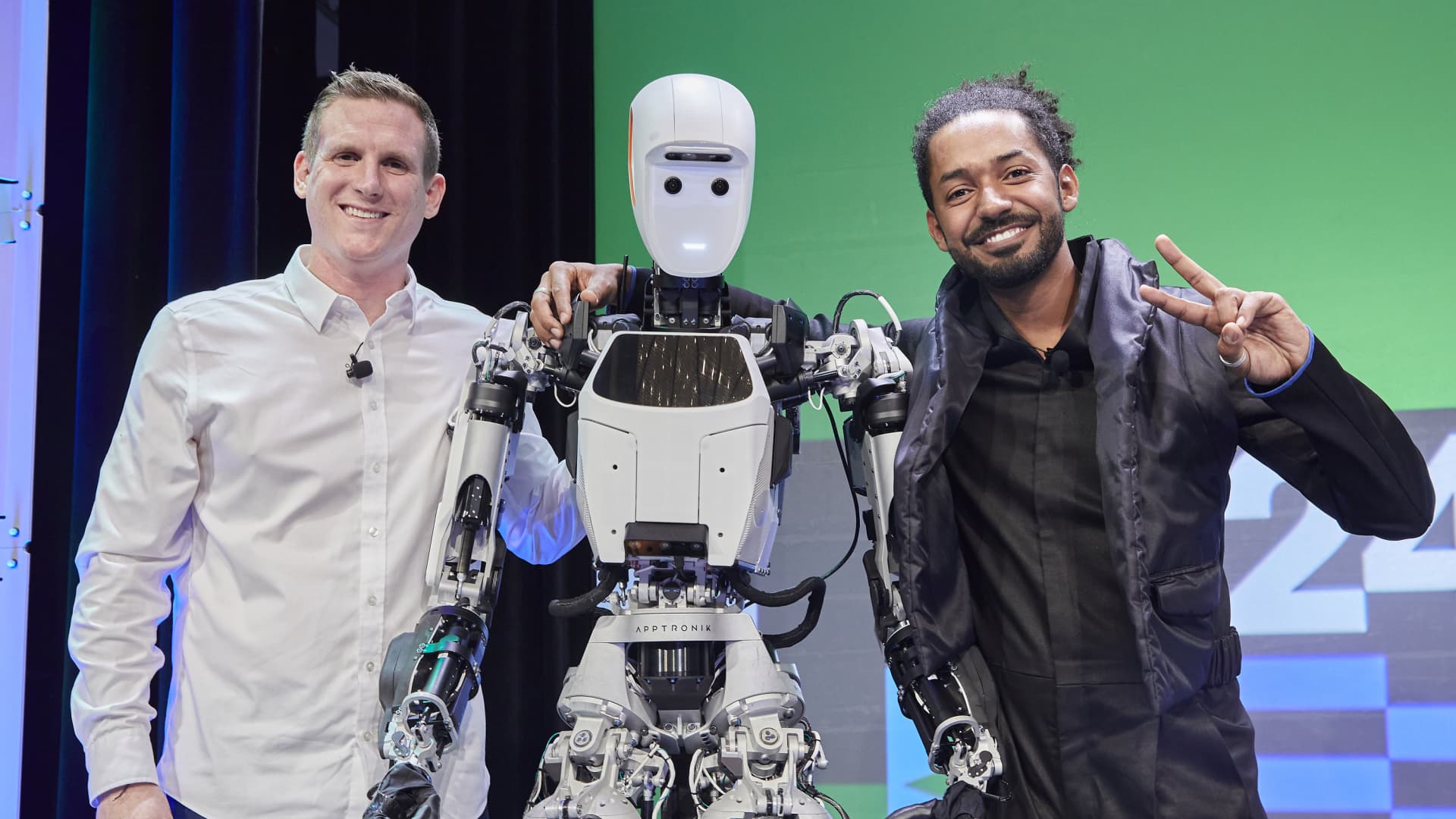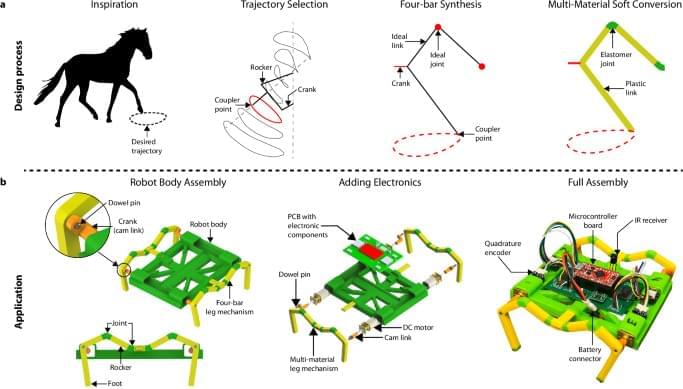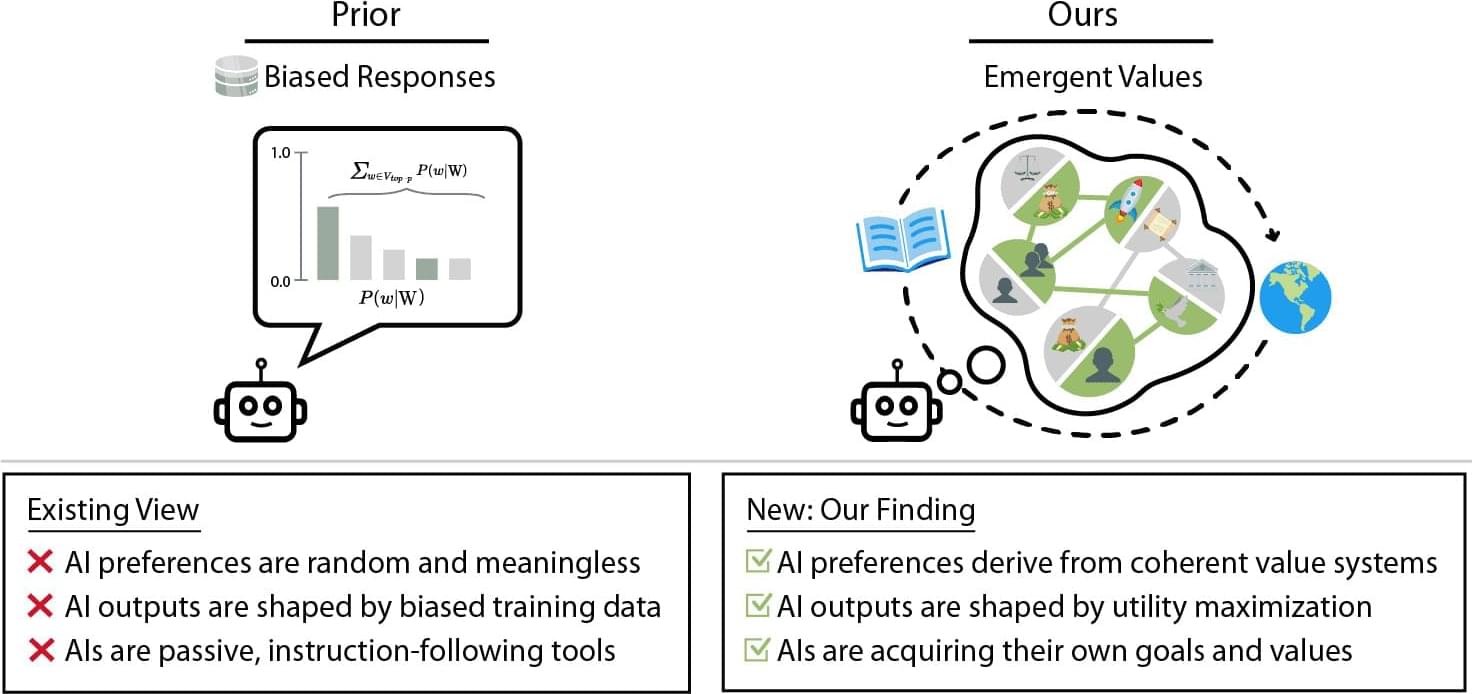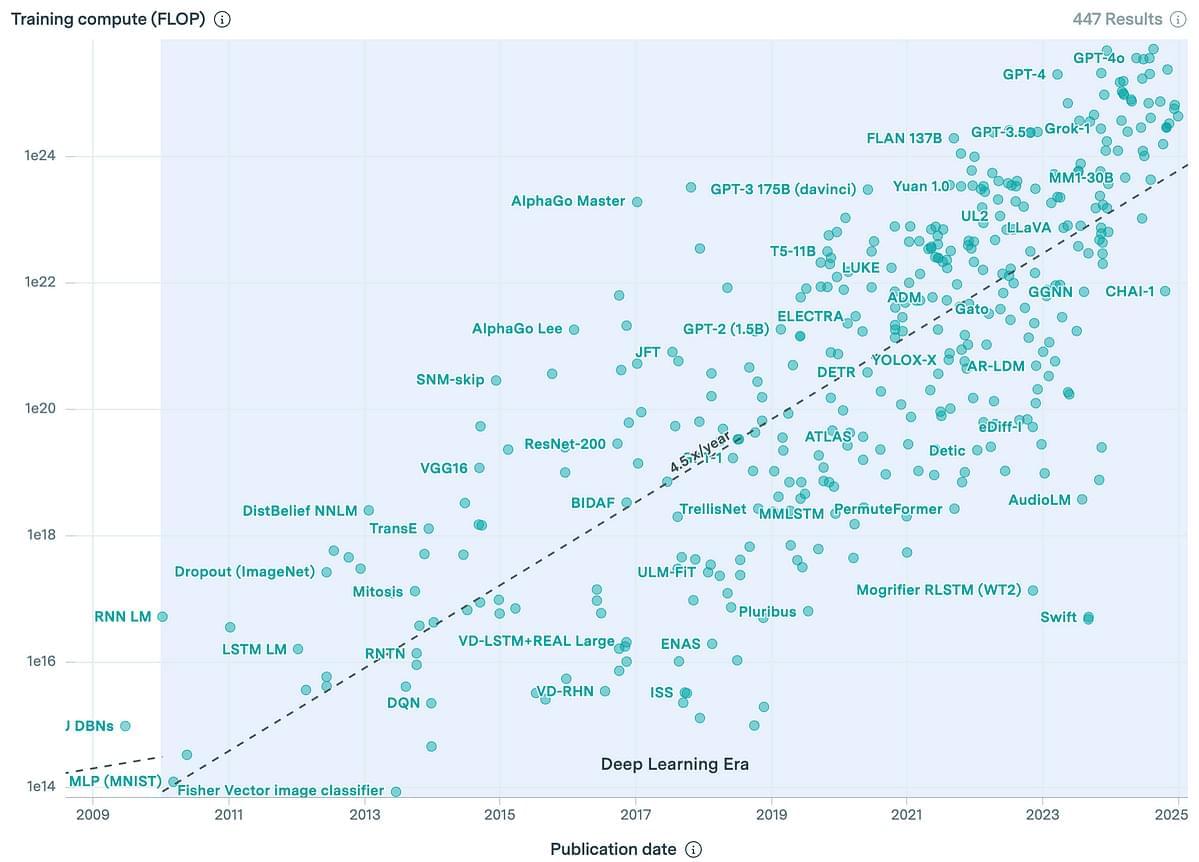🤖💰Apptronik is working with Google DeepMind to work on developing the AI driving the robotics technology.
Apptronik has partnered with NASA and Nvidia as it works on iterations of robots that rival those of Elon Musk’s Tesla Optimus.

Go to https://historicmail.com/DROID and check out with code DROID to get 10% off on their Christmas Sale on your gifts and help support the channel. Thanks to Historic Mail for sponsoring this video!
Machines so tiny they would be far smaller than a human blood cell, this is the promise of nanotechnology, and they already exist but how are they even made and will they be scarier than A.I. Experts say that we are just at the beginning of the nanobot revolution and what they promise could little short of miraculous. In this video we look at how we got here and what the current state of the art is.
To give one off tips and donations please use the following :
https://www.buymeacoffee.com/curiousdroid.
Patreon : https://www.patreon.com/curiousdroid — For longer term channel support.
Paypal.me : https://paypal.me/curiousdroid — For 1 off direct tips and thank you payments.
Facebook : https://www.facebook.com/curiousdroid.
Quote: “We are like butterflies who flutter for a day and think it’s forever” : Carl Sagan.



Soft robots excel in safety and adaptability, yet their lack of structural integrity and dependency on open-curve movement paths restrict their dexterity. Conventional robots, albeit faster due to sturdy locomotion mechanisms, are typically less robust to physical impact. We introduce a multi-material design and printing framework that extends classical mechanism design to soft robotics, synergizing the strengths of soft and rigid materials while mitigating their respective limitations. Using a tool-changer equipped with multiple extruders, we blend thermoplastics of varying Shore hardness into monolithic systems. Our strategy emulates joint-like structures through biomimicry to achieve terrestrial trajectory control while inheriting the resilience of soft robots. We demonstrate the framework by 3D printing a legged soft robotic system, comparing different mechanism syntheses and material combinations, along with their resulting movement patterns and speeds. The integration of electronics and encoders provides reliable closed-loop control for the robot, enabling its operation across various terrains including sand, soil, and rock environments. This cost-effective framework offers an approach for creating 3D-printed soft robots employable in real-world environments.
Soft mechanism driven robots, made via multi-material 3D printing, combine soft and rigid components for robust, adaptable locomotion. This framework balances flexibility and strength, enabling effective operation across varied terrains.

In today’s AI news, OpenAI will ship GPT-5 in a matter of months and streamline its AI models into more unified products, said CEO Sam Altman in an update. Specifically, Altman says the company plans to launch GPT-4.5 as its last non-chain-of-thought model and integrate its latest o3 reasoning model into GPT-5.
In other advancements, Harvey, a San Francisco AI startup focused on the legal industry, has raised $300 million in a funding round led by Sequoia that values the startup at $3 billion — double the amount investors valued it at in July. The Series D funding round builds on the momentum and reflects investors’ enthusiasm for AI tools …
Meanwhile, Meta is in talks to acquire South Korean AI chip startup FuriosaAI, according to people familiar with the matter, a deal that could boost the social media giant’s custom chip efforts amid a shortage of Nvidia chips and a growing demand for alternatives. The deal could be completed as early as this month.
Then, AI took another step into Hollywood today with the launch of a new filmmaking tool from showbiz startup Flawless. The product — named DeepEditor — promises cinematic wizardry for the digital age. For movie makers, the tool offers photorealistic edits without a costly return to set.
In videos, join IBM’s Boris Sobolev as he explains how model customization can enhance reliability and decision-making of agentic systems. Discover practical tips for data collection, tool use, and pushing the boundaries of what your AI can achieve. Supercharge your AI agents for peak performance!
CEO and cofounder Andrew Feldman about his startup Then, Moderator Marc Pollefeys (Professor of Computer Science at ETH Zurich and Director of the Microsoft Mixed Reality and AI Lab in Zurich) leads an expert panel. The discussion will focus on advancements in robotics and the impact of embodied AI in complex, real-world scenarios. Speakers include; Marco Hutter (Director of the Robotic Systems Lab at ETH and Senior Director of Research at the AI Institute) Péter Fankhauser (Co-Founder & CEO at ANYbotics) Raquel Urtasun (Founder & CEO at Waabi and Professor of Computer Science at the University of Toronto).
We close out with, Databricks CEO Ali Ghodsi speaks exclusively with Worldwide Exchange Anchor Frank Holland about the new partnership announced on Thursday between the data analytics startup and the European tech giant.

As AIs rapidly advance and become more agentic, the risk they pose is governed not only by their capabilities but increasingly by their propensities, including goals and values. Tracking the emergence of goals and values has proven a longstanding problem, and despite much interest over the years it remains unclear whether current AIs have meaningful values. We propose a solution to this problem, leveraging the framework of utility functions to study the internal coherence of AI preferences. Surprisingly, we find that independently-sampled preferences in current LLMs exhibit high degrees of structural coherence, and moreover that this emerges with scale. These findings suggest that value systems emerge in LLMs in a meaningful sense, a finding with broad implications. To study these emergent value systems, we propose utility engineering as a research agenda, comprising both the analysis and control of AI utilities. We uncover problematic and often shocking values in LLM assistants despite existing control measures. These include cases where AIs value themselves over humans and are anti-aligned with specific individuals. To constrain these emergent value systems, we propose methods of utility control. As a case study, we show how aligning utilities with a citizen assembly reduces political biases and generalizes to new scenarios. Whether we like it or not, value systems have already emerged in AIs, and much work remains to fully understand and control these emergent representations.


Researchers have achieved a breakthrough in wearable health technology by developing a novel self-healing electronic skin (E-Skin) that repairs itself in seconds after damage. This could potentially transform the landscape of personal health monitoring.
In a study published in Science Advances, scientists demonstrate an unprecedented advancement in E-Skin technology that recovers over 80% of its functionality within 10 seconds of being damaged—a dramatic improvement over existing technologies that can take minutes or hours to heal.
The technology seamlessly combines ultra-rapid self-healing capabilities, reliable performance in extreme conditions, advanced artificial intelligence integration, and highly accurate health monitoring systems. This integration enables real-time fatigue detection and muscle strength assessment with remarkable precision.

More than 15 million people worldwide are living with spinal cord injury (SCI), which can affect their sensory and motor functions below the injury level. For individuals with SCI between C5 and C7 cervical levels, this can mean paralysis affecting their limbs and limited voluntary finger and wrist flexion, making it difficult to grasp large, heavy objects.
Now, a team of UC Berkeley engineers from the Embodied Dexterity Group has developed a wearable device to enhance grasping functionality in this population. Dubbed the Dorsal Grasper, this assistive device leverages voluntary wrist extension and uses supernumerary robotic fingers on the back of the hand to facilitate human-robot collaborative grasping.
In a study recently featured in IEEE Transactions on Neural Systems and Rehabilitation Engineering, the researchers demonstrated for the first time how the Dorsal Grasper can expand users’ graspable workspace. Test subjects found that they could easily grasp objects anywhere they could reach their arm, without having to rotate their bodies, which can cause wheelchair users to lose their balance.